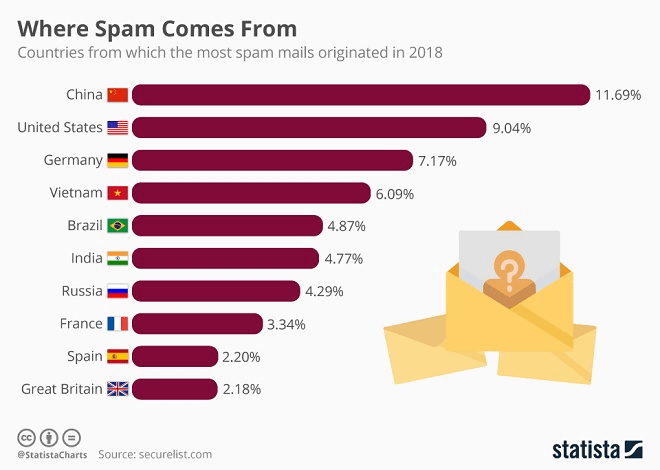What about using the same technology phone spammers/scammers use, and turn it against them? The results can be quite entertaining.
Roger Anderson is a tinkerer, podcaster, and founder of the Jolly Roger Telephone Company, which works to disrupt the unsolicited telemarketing industry by creating unique ways to deal with auto and predictive dialers, soundboards, and cold callers.
Having two land-line telephones for decades, Roger would often receive telemarketer calls and shrug them off. When his son became old enough to answer the phone, the boy received a call from a very aggressive telemarketer who said enough “bad words” for Roger to start looking for a solution. Since then, Roger has undertook a crusade to understand how auto and predictive dialing works and create technologies that circumvent, disrupt, trick, and challenge the unsolicited telemarketing industry.
This talk was given at a TEDx event using the TED conference format but independently organized by a local community. Learn more at ted.com/tedx.
Like this:
Like Loading...

